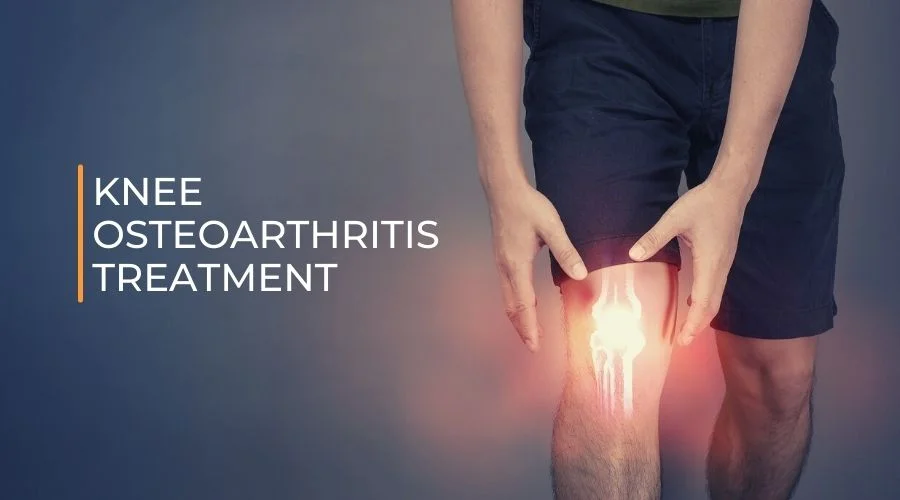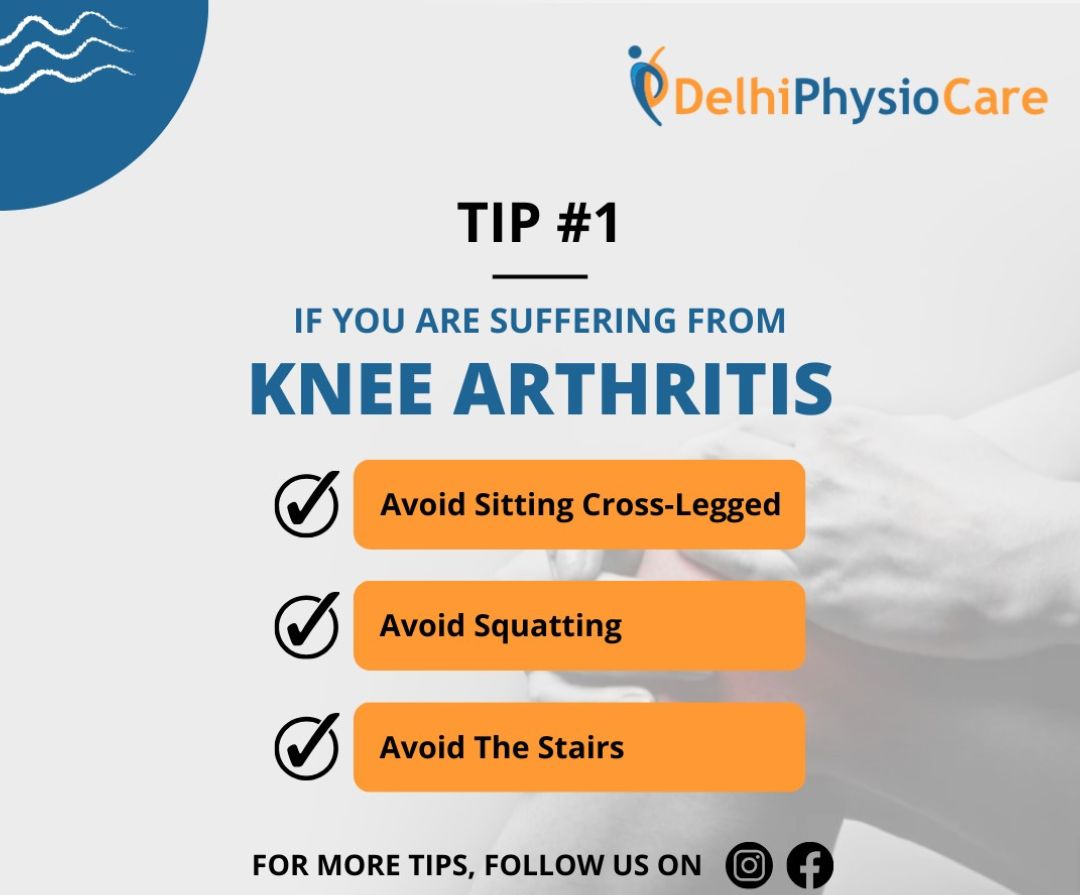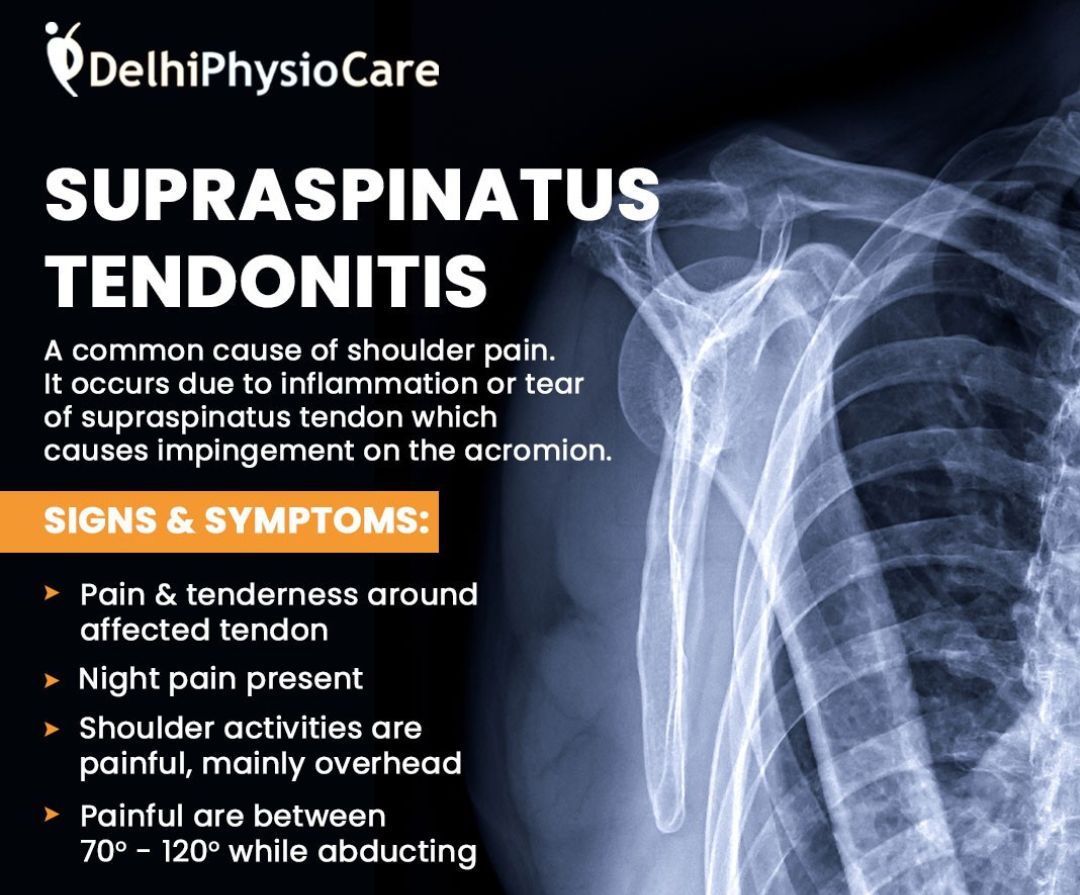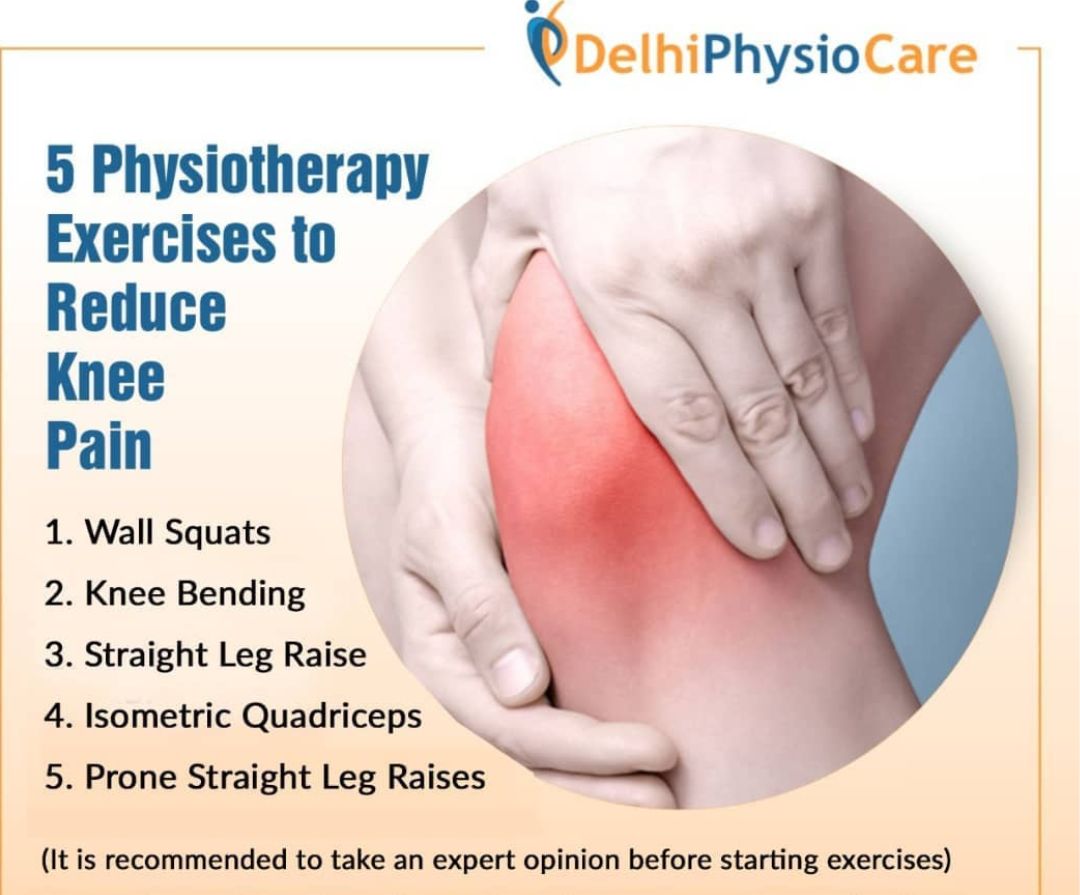Knee Osteoarthritis
Home / Knee OsteoarthritisKnee Osteoarthritis Treatment in Delhi

While age is a significant danger factor for knee osteoarthritis, youngsters can get it as well. For certain people, it might be a genetic problem, passing on from generation to generation. For other people, osteoarthritis of the knee can result from injury or contamination or even from being overweight.

It is a common condition with senior citizens and can be divided into two kinds, primary and secondary:
- Primary osteoarthritis – is a normal degeneration of the tissues with no obvious hidden reason.
- Secondary osteoarthritis – is the outcome of either an unusual centralization of force across the joint similarly as with post-horrendous causes or strange articular ligament, like rheumatoid joint inflammation (RA).
Knee Osteoarthritis pain can make it difficult to do numerous routine things like exercise, strolling, or climbing steps. It is a significant reason for lost work time and a genuine inability for some individuals.

The most widely recognized kinds of Knee Osteoarthritis are osteoarthritis and rheumatoid joint inflammation, yet there are in excess of 100 unique variations. While joint pain is primarily a grown-up disease, a few Knee Osteoarthritis variants influence youngsters.
What Causes Knee Osteoarthritis?

The most well-known reason for osteoarthritis of the knee is age. Nearly everybody will ultimately foster some level of osteoarthritis. Notwithstanding, a few factors increment the danger of creating critical knee osteoarthritis at an early age.
Age. The capacity of the ligament to replenish diminishes as the person grows older.
Weight. Weight builds tension on every one of the joints, particularly the knees. Each 1 kg weight you acquire adds 3 to 4 kg of additional load on your knees.
Heredity. This incorporates hereditary changes that may make an individual bound to foster knee osteoarthritis.
Sex. Women who are 55 years and above age are more prone to osteoarthritis of the knee.
Recurring Injuries. Individuals with specific occupations that incorporate a ton of action that can pressure the joint, like bowing, crouching, or lifting significant burdens (90kg pounds or more), will be bound to foster osteoarthritis of the knee due to the steady pressure on the joint.
Sports. People engaged with soccer, tennis, or significant distance running might be at higher danger for knee osteoarthritis. However, ordinary moderate exercise fortifies joints and can diminish the danger of osteoarthritis. Frail muscles around the knee can prompt osteoarthritis.
Different ailments. Individuals with rheumatoid joint pain, the second most normal sort of joint pain, are additionally bound to foster osteoarthritis. Individuals with certain metabolic issues, like iron overload, run a higher danger of osteoarthritis.
What Are the Symptoms of Knee Osteoarthritis?
Some indications of osteoarthritis of the knee may include:
- a sensation of warmth in the joint
- constant pain, especially when you move
- swollen legs
- stiff knees, particularly toward the beginning of the day or when you have been sitting for some time
- the decline in the versatility of the knee, making it hard to get in and out of seats or vehicles, utilize the steps, or walk
- squeaking, crackly strong that is heard when the knee moves
Physiotherapy Management of Knee Osteoarthritis(OA)
OA knees are progressive arthritis. It needs to be addressed as soon as the symptoms start showing. It can be managed very well by Physiotherapy. Whatever damage has been done already to the knees in the form of degeneration of the cartilage cannot be restored, but the most important thing is the progression can be controlled and slowed so that a patient’s surgery can be avoided.
When a person with knee OA visits us at Delhi Physio Care, they are thoroughly assessed. We always encourage the patient to describe the symptoms in detail. We make a record of ;
- Intensity of pain
- Localized tenderness if any
- Range of movement(ROM) in the joint(knee bending range and any extension lag)
- Swelling
- Redness
- Warmth
- activities that are most painful or any other worsening factor
- Balance
- Gait
Every patient is different. The diagnosis might be the same but the symptoms can vary. So it has to be an individualized tailor-made treatment plan keeping into account the lifestyle.
The treatment is focused on relieving pain, improving ROM of the knee, reduce swelling, and making daily living comfortable with better functional abilities. Various pain relief modalities are available with us. According to the symptoms we can choose from
- Interferential Therapy
- High Powered Laser
- Ultrasound Therapy
- Electric Muscle Stimulation
- TENS
- Wax Baths
- Hot/Cold Packs.
Hot packs are recommended in case of chronic pain with stiff joints. If the pain is acute(recent onset), with signs of swelling, warmth, or redness then a cold pack should be taken.
The most important part of rehabilitation in arthritis is the exercise program. The exercises will make you more mobile, flexible, and stronger. Most importantly, the therapist will also tell you the movements that need to be avoided so that you do not damage the joint further. Physiotherapists are trained for the type, frequency, intensity, and duration of the exercises. Exercises help to build the muscles around the knee. Exercises should not be painful.
Listen to your body and do not ignore the signs. If you were able to sit cross-legged six months back and unable to do so now, then it is a sign to be considered, and do not forcibly try to do it…. You will damage your knee more.
Exercises are gradually progressed as the symptoms start reducing. They need to be done lifelong. Generally, people stop exercising once the pain reduces but never forget that OA is progressive and can be managed only with exercises.
The main muscle groups that need to be strengthened are the quadriceps, hamstrings, calf muscles, and glutes. We focus on the isometrics especially for the quads and hamstring, straight leg raises, knee extension in sitting, hip abduction, and knee bending in prone. Along with the strengthening, the therapist will do active and passive stretches for the flexibility in the joint. Manual therapy is also given to improve the range of movement and to reduce the pain.
You will be taught a home program and self-management and learn to live pain-free. These will include your exercises, any kind of knee brace if needed in weight-bearing activities. Taping techniques also help in pain relief.
Lifestyle modifications like quit smoking, maintain ideal body weight, avoid sitting cross-legged, avoid squats and stairs are some of the take-home tips. We will work on your pain, improve your muscle strength and range of movement. We shall monitor your exercises. We can reduce the progression of your arthritis.
If you are not a candidate for surgery, fix an appointment with us.
QUICK ENQUIRY
Send us a message with your contact details and one of our staff will contact you right away.
TREATMENTS
BOOK AN APPOINTMENT
GENERAL ENQUIRIES
235, Avtar Enclave,Paschim Vihar,Delhi – 110063
Knee Osteoarthritis Treatment FAQ’s
Knee Osteoarthritis is a medical condition where the muscles surrounding the knee become weak due to normal wear and tear with age, due to overweight, or any injury. It causes pain along with problems in normal movement.
Injuries that can cause knee pain are usually twisting injuries like ACL, meniscus, or ligament injuries.
Yes. Studies have shown that over 90% of knee pain is caused due to osteoarthritis.
Physical therapy definitely helps patients feel better as well as improves their movement. Most patients with Knee Osteoarthritis do not require surgery and can recover through proper physiotherapy.
The two critical factors for keeping your knee healthy are
– Weight control
– Fit body
If you are suffering from knee osteoarthritis you should avoid these-
- Squatting.
- Deep lunging.
- Running.
- High-impact sports and repetitive jumping.
- Walking or running upstairs.
Sugar can prompt the release of cytokines, which act as inflammatory messengers in the body.
Foods high in saturated fat, such as pizza and red meat, can cause inflammation in the fat tissue.
Refined carbohydrates.
